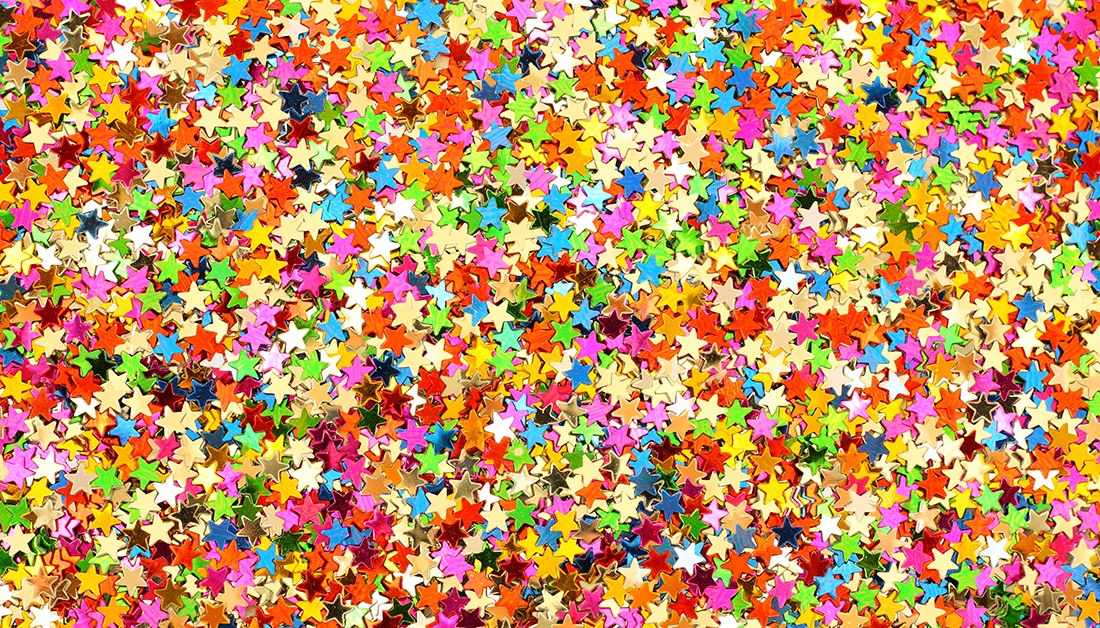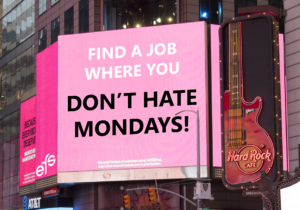Microaffirmations
Essay written by Dr. Kimryn Rathmell and originally included in the Department of Medicine newsletter.

Small kindnesses to see – and be – the reality we seek.
Do you ever ponder—besides how crazy 2020 has been between pandemic, wildfires, extreme weather, and murder hornets—how many new things we have learned this year? Countless lessons, I imagine.
Within the last year or so, many of us first learned the terminology around “microaggression.” Of course, we have known for most of our lives what a microaggression was. We just didn’t have a name for it. We have all been marginalized, sometimes by the most subtle, off-handed remark, and we recognize that this is magnified for vulnerable groups. We all understand and recognize the concept quite easily when we’re on the receiving end, and we know the sense of powerlessness that comes in those moments.
We know that these slights may be unintended. On the other hand, these can be learned behaviors that are applied, even subconsciously, as a mechanism to gain an upper hand, to redirect attention, or perhaps to compensate for an insecurity.
We are learning. We are learning that we all apply microaggressions from time to time and that we handle them best by acknowledging them, apologizing without further explanation, and validating our colleague’s experience. We are learning to speak up without confrontation to the microaggressions we encounter. We are learning through the various sessions in unconscious bias and anti-racism training to coach in the moment, to acknowledge these situations as they arise, to preserve the autonomy of the individual, and to redirect these slights so that we discover improved ways of engaging through self-awareness and empathy. This work is hard, but the bystander can be the most powerful person in the room – and the choices they make can either validate the episode or diffuse the situation. Pay attention.
But the concept I learned most recently was that of microaffirmation. As educators and mentors, we sometimes focus on big concepts and structural learning, but in fact it is the thousands of microaffirmations that hardwire the learn. The small and thoughtfully placed affirmation can shape our highest order behaviors and restructure our thought processes. We do this in our personal lives to some degree instinctually, but we can use this approach just as effectively in our work. I was talking with someone this week about how you teach “sick,”, “well-designed,” “impactful,” and realized it is through the consistent, intentional use of microaffirmations from teachers and mentors that we wield the most influence. We can apply these small kindnesses to see – and be – the reality we seek. What we can find is that there is just as much power in expressing microaffirmations, and we can move from applying them subconsciously to sharing them intentionally to achieve the same goals. What a concept.
Thank you all for being life-long learners, and thank you for the microaffirmations you will deliver today.
W. Kimryn Rathmell, MD, PhD
Physician in Chief, Vanderbilt Hospital
Cornelius Abernathy Craig Professor, Medicine and Biochemistry
Chair, Department of Medicine
@KimrynRathmell
https://www.vumc.org/k-rathmell-lab/
More Resources
Simple Steps to Validating and Managing Others: A Bedtime Story
Handy Guide to Showing PostDoc Appreciation All Year Long
Lessons in Leadership: Why You Should Read Colin Powell’s It Worked For Me






1 Comment
Hard to do – the academic culture is more one of criticism than positive feedback. But I agree that it’s important and useful.